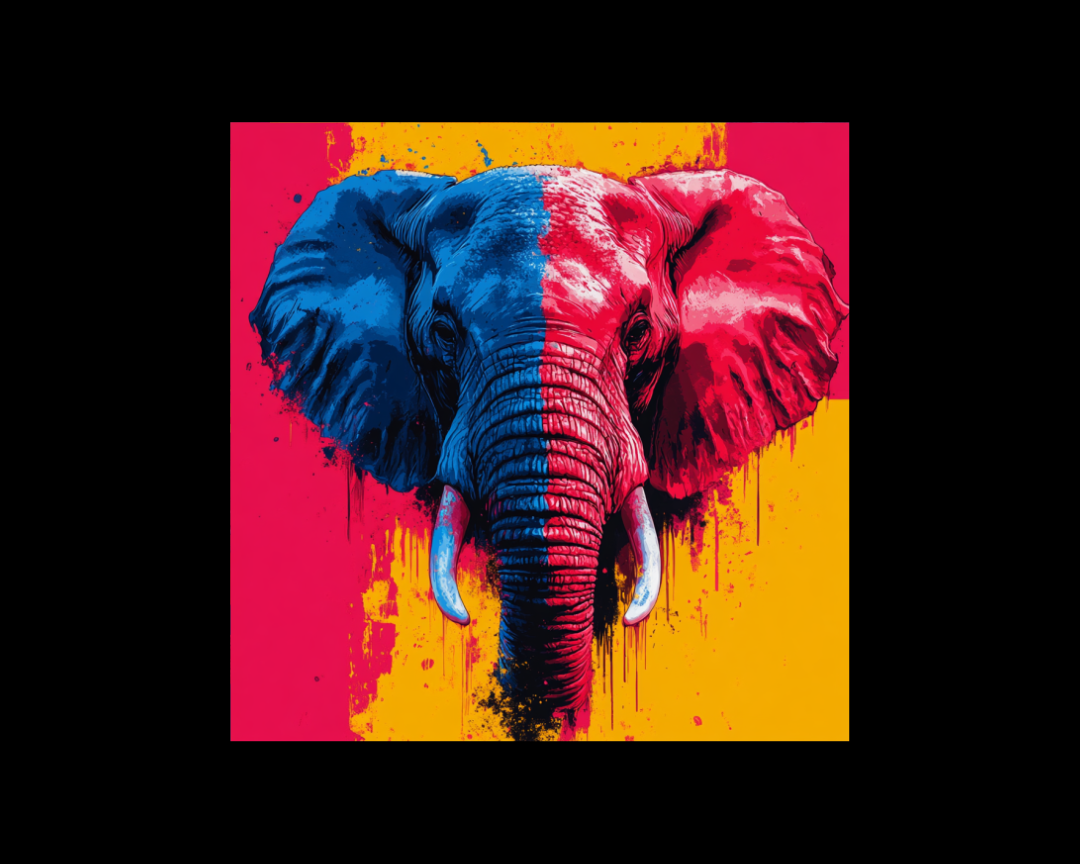Examples of Verbal Irony
Verbal irony, often mistaken, is an element that likely permeates your speech without your conscious awareness.
4 min read
 Writing Team
:
Oct 2, 2024 2:22:28 PM
Writing Team
:
Oct 2, 2024 2:22:28 PM

In literature, film, and art, the lines between pastiche and parody are often blurred. Both forms of creative expression borrow from or imitate well-known styles, yet they do so with distinct intentions and effects. Understanding the difference between pastiche and parody can help writers, filmmakers, and artists choose how they want to engage with, celebrate, or critique the works that inspire them.
This article explores the differences between pastiche and parody, how each form blends and bends famous styles, and when to use one over the other in your creative work.
Pastiche is a form of imitation that pays homage to or celebrates the style of another artist, genre, or period. It’s often a respectful nod to the original work, mimicking its structure, tone, or aesthetic to create something new that feels like a continuation or extension of the source material.
The key to pastiche is that it lacks satire or mockery. Instead, it seeks to emulate the distinctive qualities of the original work, often out of admiration.
Quentin Tarantino’s “Kill Bill”: This film is a pastiche of various genres, including kung fu, samurai cinema, and spaghetti westerns. Tarantino pays homage to these genres, using their visual styles, tropes, and soundtracks not to critique them, but to celebrate their impact on cinema.
“The League of Extraordinary Gentlemen” by Alan Moore: This graphic novel is a pastiche of Victorian-era literature, bringing together characters from various literary works (like Captain Nemo and Dr. Jekyll) into a new story. Moore emulates the style of classic adventure tales but with modern twists, creating a homage to the literary icons of the past.
Parody is an imitation that pokes fun at or exaggerates the style, tone, or themes of another work. It often uses humor, irony, or satire to critique the original, revealing its absurdities or contradictions. Parody can be playful or biting, but its primary purpose is to entertain by exposing the flaws of the original work.
While parody often highlights the weaknesses or eccentricities of a famous work or genre, it doesn’t necessarily mean it’s disrespectful. Parody can be a form of both critique and homage, depending on the creator’s intent.
“Monty Python and the Holy Grail”: This film is a parody of the Arthurian legends, particularly the epic quests and high-stakes battles of medieval knights. Monty Python exaggerates the pompousness of these stories, turning them into absurd, comedic scenes that poke fun at the conventions of the genre.
“Scary Movie” Series: These films are parodies of the horror genre, exaggerating the tropes, clichés, and absurdities found in popular horror films like “Scream” and “The Exorcist.” They mock the over-the-top suspense, unrealistic characters, and predictable plot twists in horror movies.
Though pastiche and parody both involve imitation, their purposes and effects differ significantly. Here's how the two compare:
|
Aspect |
Pastiche |
Parody |
|---|---|---|
|
Tone |
Celebratory, respectful, often nostalgic |
Humorous, satirical, critical |
|
Purpose |
To honor or pay homage to a style or artist |
To critique, mock, or expose absurdities |
|
Style |
Mimics faithfully, often without exaggeration |
Exaggerates to create humor or irony |
|
Effect |
Creates a sense of continuity with the original |
Highlights the flaws or contradictions |
|
Examples |
“Kill Bill,” “Stranger Things” |
“Scary Movie,” “Austin Powers” |
Using pastiche is an excellent way to celebrate a style or work that has had a significant influence on you. It’s a way to engage with classic works, allowing you to explore how their themes or techniques can be integrated into new contexts.
“Stranger Things” is a pastiche of 1980s films like “E.T.,” “The Goonies,” and “Stand By Me.” It faithfully recreates the aesthetic, tone, and character archetypes of the '80s while telling a new, original story. The show uses visual and thematic references to evoke a sense of nostalgia, while also updating the genre for a modern audience.
Parody is ideal for critiquing or playfully mocking a well-known genre, style, or artist. It allows writers and creators to draw attention to the flaws, clichés, or absurdities of a work while entertaining the audience.
“Austin Powers” parodies the spy genre, particularly the James Bond series. By exaggerating the tropes of suave, unstoppable secret agents, it humorously critiques the implausible scenarios and outlandish characters often found in spy films. The result is a playful mockery that still demonstrates a love for the genre.
Know Your Source Material: Whether creating a pastiche or a parody, thoroughly understanding the original style or genre is essential. Familiarize yourself with its key elements, structure, and tropes so you can effectively imitate or critique it.
Set Your Intent: Decide whether you want to celebrate or critique the original. If you’re aiming for admiration, focus on faithfully replicating the tone and style for a pastiche. If you’re aiming for humor, exaggerate the flaws for a parody.
Balance Originality and Imitation: While both pastiche and parody involve imitation, it’s crucial to inject your unique voice and ideas into the work. Audiences appreciate the familiar elements, but they also want to experience something new.
Stay Consistent with Tone: In pastiche, maintain the respectful tone of the original. For parody, lean into the absurd or exaggerated, but be consistent in your use of humor or satire throughout the piece.
Engage with the Audience’s Knowledge: Both pastiche and parody rely on the audience’s familiarity with the original material. Be mindful of how well-known the work you’re referencing is and ensure that the connection is clear.
Both pastiche and parody offer creative ways to engage with famous styles, but they serve very different purposes. While pastiche allows writers and creators to celebrate and honor the works they admire, parody offers a way to critique and entertain by exposing the quirks or flaws of a genre.
As a writer, understanding when to use each can help you choose how to engage with the works that inspire you, whether you aim to evoke nostalgia and respect or poke fun and satirize. Both approaches allow for deep creative exploration, providing opportunities to blend and bend famous styles in ways that resonate with your audience.
.png)
Verbal irony, often mistaken, is an element that likely permeates your speech without your conscious awareness.
-2.png)
Palimpsest fiction is a literary technique where stories are written in layers, with each iteration rewriting, commenting on, or obscuring the...
-2.png)
In creative writing, the fusion of seemingly incompatible genres has emerged as a fertile ground for innovation. These "microgenre mashups" offer...